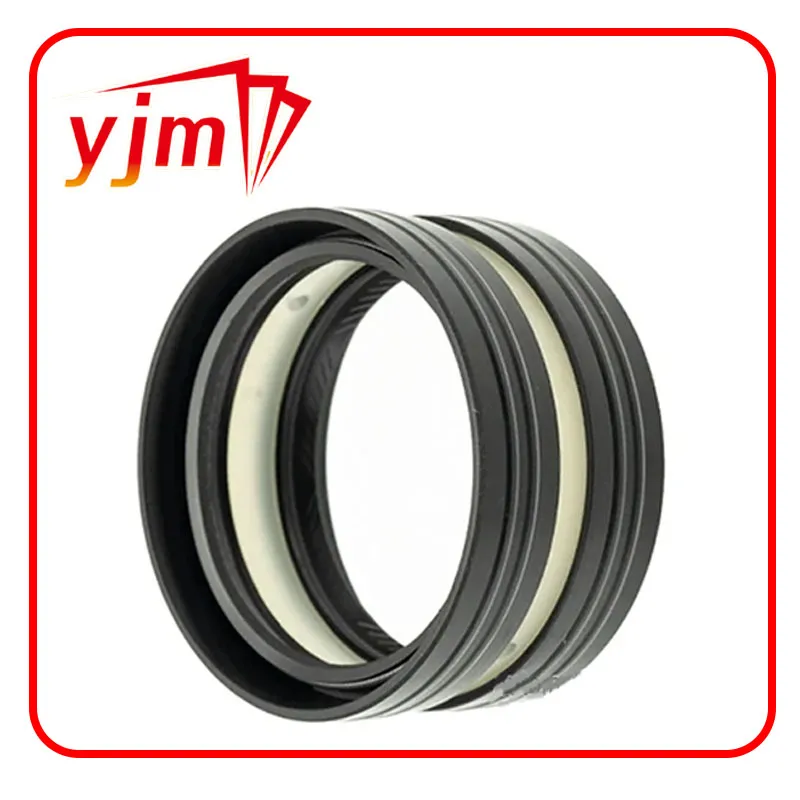crank pulley seal
Understanding the Crank Pulley Seal Importance and Maintenance
The crank pulley seal, also known as the crankshaft front seal, plays a critical role in the functionality of an engine. Positioned at the front of the crankshaft, this small but significant component helps to maintain oil pressure within the engine, preventing oil leaks and ensuring that the engine operates smoothly. Understanding the crank pulley seal's importance, potential issues, and maintenance can save vehicle owners from costly repairs and improve engine performance.
Function of the Crank Pulley Seal
The crank pulley seal serves as a barrier between the engine's internal components and the external environment. By sealing the crankshaft's rotation, it prevents engine oil from leaking out while simultaneously keeping contaminants, dirt, and debris from entering the engine. This sealing action is pivotal because oil not only lubricates moving parts but also helps in cooling the engine, ensuring it runs efficiently and prolongs its lifespan.
In modern engines, the crank pulley is often connected to other components such as the alternator, power steering pump, and air conditioning compressor. Therefore, the integrity of the crank pulley seal directly impacts the performance of these systems. If the seal fails, it can lead to oil leaks that might necessitate not just the replacement of the seal, but also repairs to damaged components resulting from inadequate lubrication.
Signs of a Failing Crank Pulley Seal
Detecting issues with the crank pulley seal early can significantly minimize damage and repair costs
. Here are some signs that the seal may be failing1. Oil Leaks The most apparent sign of a faulty crank pulley seal is oil pooling under the front of the vehicle. If you notice oil spots where you park, a failed seal might be the culprit.
2. Decreased Oil Levels Regularly checking your oil level is crucial. If you find that your oil levels are consistently dropping without any visible leaks elsewhere, it could be due to a compromised seal.
crank pulley seal

3. Engine Overheating Insufficient oil can lead to overheating as the engine components cannot maintain the appropriate temperature when inadequately lubricated.
4. Whining or Squealing Noises If you experience unusual noises coming from the front of the engine, it may be indicative of a problem with the crank pulley or the seal itself.
5. Warning Lights Many modern vehicles are equipped with oil pressure warning lights. If this light activates on your dashboard, it is advisable to investigate potential oil leaks or pressure issues, including the crank pulley seal.
Maintenance and Replacement
Preventive maintenance is essential to ensure the longevity of the crank pulley seal and the engine's overall health. Regular oil changes using the recommended oil type, as well as keeping an eye on fluid levels and the condition of the engine components, can aid in identifying potential issues early on.
If you suspect that your crank pulley seal has failed, it's crucial to address the problem promptly. Replacement of the seal typically involves disassembling parts of the engine, including removing the crank pulley. While some skilled DIY individuals may attempt this task, it is often best left to professionals, as improper installation can lead to further complications.
Conclusion
The crank pulley seal may be a small component in the grand scheme of an engine, but its importance cannot be overstated. It plays a vital role in maintaining oil pressure and preventing leaks, which are crucial for engine performance and longevity. By recognizing the signs of a failing seal and engaging in regular maintenance practices, vehicle owners can safeguard their engines against unnecessary damage and enjoy reliable performance for years to come. If a replacement is necessary, seeking professional help can ensure that the job is done correctly, allowing the vehicle to operate at its best.
-
Understanding the Front Main Engine Seal: Purpose, Maintenance, and Installation
News Jul.29,2025
-
Understanding O-Rings and Seal Rings: Types, Applications, and Custom Solutions
News Jul.29,2025
-
Understanding Crankshaft Oil Seals: Rear Seals, Pulley Seals, and Their Role in Engine Integrity
News Jul.29,2025
-
The Importance of Front and Rear Crankshaft Seals in Engine Performance and Oil Management
News Jul.29,2025
-
Crank Oil Seals: Functions, Types, and Cost Considerations in Engine Maintenance
News Jul.29,2025
-
A Comprehensive Guide to O-Rings and Seals: Types, Materials, and Global Applications
News Jul.29,2025
-
Mastering Diesel and Performance Engine Maintenance: A Guide to Critical Oil Gaskets
News Jul.28,2025
Products categories















